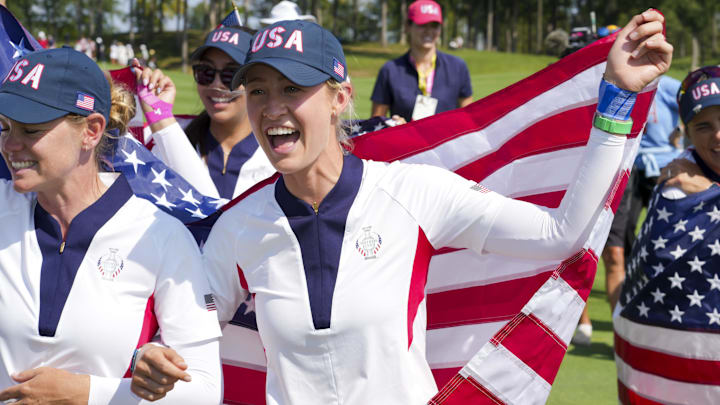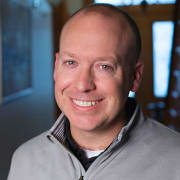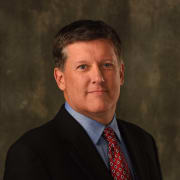Fact or Fiction: A New Solheim Cup Win Streak Starts Now for the U.S.

Welcome back to SI Golf’s Fact or Fiction, where we want to include some alternate shot matches with friends this fall. And hope they're still our friends after.
Once again, we’re here to debate a series of statements for writers and editors to declare as “Fact” or “Fiction” along with a brief explanation. Responses may also (occasionally) be “Neutral” since there's a lot of gray area in golf.
Do you agree or disagree? Let us know on the SI Golf X account.
The United States snapped its seven-year Solheim Cup drought with a win on home soil. And given its top-ranked standouts (Nelly Korda, Lilia Vu, Rose Zhang) and new stars (Lauren Coughlin), a run of U.S. wins appears likely.
Bob Harig: FICTION. A lot can change in two years—both ways. As strong as the U.S. team looks today, form is not guaranteed and the event is always more competitive given the format and the randomness of match play.
John Pluym: FACT. There’s nothing more important than an abundance of talent and the U.S. team has it. Really, there should be no excuse for this group of players not to dominate this event over the next few years.
Jeff Ritter: FICTION. That was a great win for the U.S. and much-needed given the Europeans’ recent run of Solheim success. I love the shape of the U.S. roster, but as we know road games present an entirely different challenge in these team events. The U.S. should have an advantage on paper for the foreseeable future, but let’s see them win two in a row before we call it a dynasty.
John Schwarb: FACT. These team competitions have become so partisan that win streaks are dangerous to predict until one road win is in the can, but there’s more talent on the U.S. side right now and this was a cathartic win.
LIV Golf reported that Saturday’s crowd in Chicago was its best yet for a stateside event with more than 15,000. While its TV ratings remain low, LIV can survive and thrive as a you-have-to-be-there league.
Bob Harig: FICTION. In-person attendance is just one part of the overall package and getting more people on site will continue to be important. But after three years LIV Golf still has no significant sponsorship revenue and is said to be moving on from its deal with the CW Network in the U.S. LIV has found success internationally and will see more events outside of America next year, but it still needs to gain more widespread traction. Even the biggest of crowds does not come close to paying all the bills when a $25 million purse is being offered.
John Pluym: FACT. LIV reminds me of when the USFL first launched in 1983. You had a few well-known players such as Herschel Walker, Anthony Carter, Jim Kelly and Steve Young. Yes, the league folded after three seasons. I can see the same timeline with LIV. And, hopefully, after three seasons, we have a merger with the PGA Tour. And the one thing LIV has that the USFL didn’t? Money.
Jeff Ritter: FACT. LIV can survive as long as its backers are willing to continue funding it. It may never be profitable, but even as a niche within a niche sport, it’s doing enough (and poaching enough top players) to remain afloat for as long as it wants to be.
John Schwarb: FACT. LIV Golf increasingly reminds me of IndyCar racing, which continues to exist in relative obscurity with meager TV ratings but seems to be a very good in-person product. Why can’t LIV be the same? They’re not running out of money anytime soon.
Max Homa missed the cut by two shots in Napa, at a course where he won in 2021 and ’22, continuing his struggles this season. Captain Jim Furyk may want to use him sparingly in the Presidents Cup.
Bob Harig: FACT. There are not as many opportunities to sit a player at the Presidents Cup as there are at the Ryder Cup (only two players sit out the first two sessions compared to four at the Ryder Cup) but Homa will certainly be a candidate given his recent struggles. He might be best served playing four-ball, so as not to put him through the stress of alternate shot.
John Pluym: FACT. He’s not playing well, so Furyk should not put him out there. If the object is to win, why would a team captain put a player on the golf course who is struggling to keep his ball in play? Seems like an easy decision for Furyk.
Jeff Ritter: FICTION. Homa has a solid team-event track record, so Furyk should just get Homa out there on Day 1 and see if he has his game together. If he’s off, go ahead and sit him down. But if it resumes his role of team-golf world-beater, obviously now you get to ride the wave.
John Schwarb: FACT. Homa has been a standout in team events, hence his spot here despite being 12th in points. But playing someone in alternate shot who is in poor form doesn’t seem ideal.
In the wake of the mess around fans trying to arrive at the course Friday morning at the Solheim Cup, Golfweek’s Beth Ann Nichols wrote that the LPGA wasn’t ready for prime time, also calling out the league for not better capitalizing on Nelly Korda’s record streak earlier this season. In a time where women’s sports are on an upswing, the LPGA isn’t keeping pace.
Bob Harig: FACT. Given the success of women’s college basketball, the new interest in the WNBA and women’s soccer, it is odd how the LPGA has struggled—especially when you consider it is a long-established circuit with considerable history. The Solheim Cup problems seem a separate issue but are no less frustrating. A similar situation played out last year in Spain and it absolutely should have been front of mind.
John Pluym: FACT. Take care of your players and take care of your fans. If you struggle with either of those, you’re going to be in trouble. The LPGA has an excellent opportunity to capitalize on its star players and should make every effort to promote them. Anything less is inexcusable.
Jeff Ritter: FACT. The WNBA surge exemplifies the contrast with the LPGA. As Nichols wrote, Nelly’s run is exactly what the Tour has been waiting for—she’s essentially golf’s Caitlin Clark, so why isn’t she more of a mainstream star? Agree with Bob that the Solheim transportation issues are separate, but those were another example of women’s pro golf struggling for its footing. The focus should’ve been on what turned out to be another excellent team competition, but the buses distracted from it.
John Schwarb: NEUTRAL. I can’t flog the LPGA for a lack of publicity around Nelly Korda, she’s fairly private but also had her moments like when she attended the Met Gala and hit the fashion pages. (And let's not forget that her run was also in March and April when Caitlin Clark and undefeated South Carolina were on a collision course to the NCAA title game.) But not being ready with enough shuttle buses for your biggest event and one that is here only every four years is inexcusable. Rule No. 1 is to take care of your fans first.



